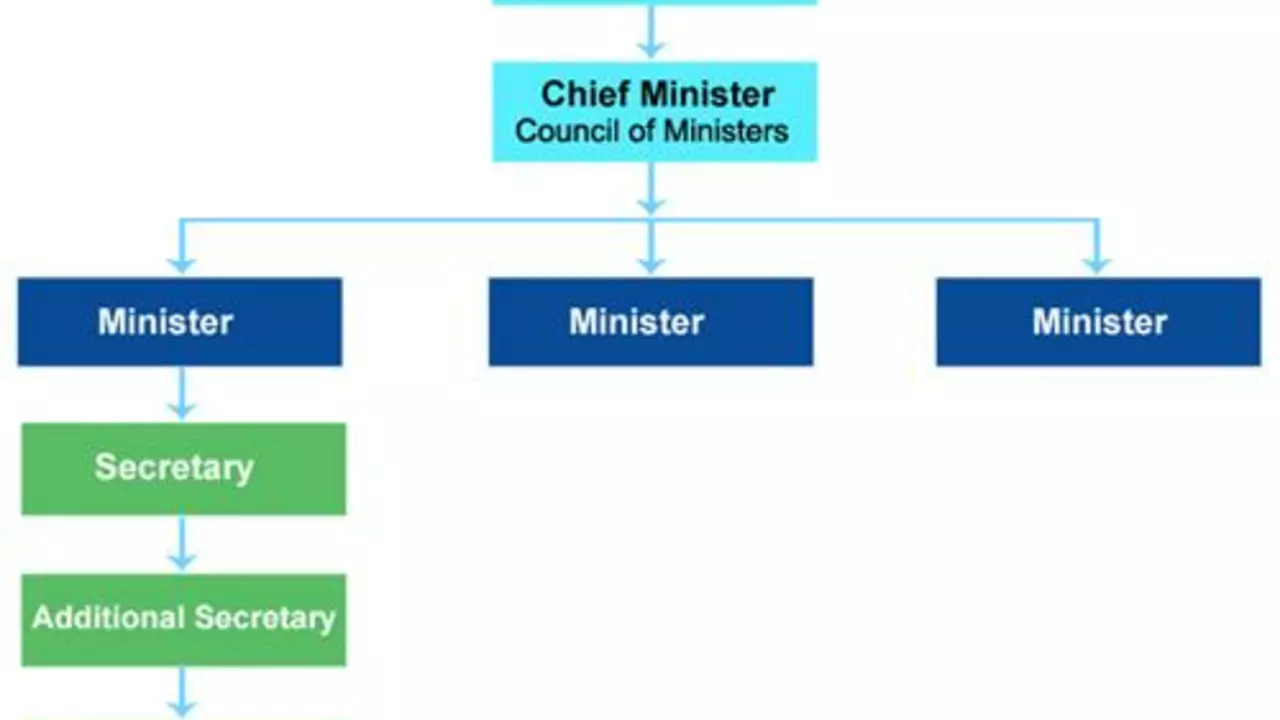Indian Administrative Divisions – A Plain‑English Guide
Ever wondered how India’s huge landmass is split up? It isn’t just a random map – the country is broken into clear layers that help the government run services, elections, and even job notifications. Knowing these layers makes it easier to understand news, plan travel, or chase a government job.
The hierarchy at a glance
At the top you have states and union territories (UTs). India currently has 28 states, each with its own elected legislature and chief minister. The 8 UTs are directly ruled by the Centre, though a few (Delhi, Puducherry, and Jammu & Kashmir) have limited self‑government.
Each state or UT is broken into districts. There are over 700 districts in total, and a district is the basic unit for administration, policing, and development programs. Districts are headed by a District Collector or Magistrate who reports to the state government.
Below districts come sub‑districts – often called tehsils, talukas, or mandals depending on the region. These handle land records, local taxes, and smaller civic tasks. Further down you’ll find blocks (development units) and then villages in rural areas or wards in cities.
Why it matters for job seekers
If you’re hunting a government vacancy, the posting usually mentions the state, district, or even the specific department. Knowing the hierarchy helps you filter the right opportunities fast. For example, a “District Police Officer” role will be advertised under the relevant district’s name, while a “State Revenue Service” exam will be listed at the state level.
Many competitive exams also test your knowledge of administrative divisions. Questions can ask you to name the capital of a state, the number of districts in a UT, or recent changes (like the 2019 reorganisation of Jammu & Kashmir into two separate UTs). Being familiar with the current layout saves you from getting tripped up by outdated facts.
Besides exams, the divisions affect where you can apply for certain schemes, scholarships, or job relaxations. Some reservations are state‑specific, so you’ll need to know which state you belong to and whether it has a separate list.
In short, think of the administrative map as a roadmap for both everyday life and career moves. Keep a quick reference of the 28 states, their capitals, and the UTs – it’s a small effort that pays off when you see a job notice that mentions “Bhopal district, Madhya Pradesh” or “Lakshadweep UT”.
To stay updated, check official government portals or reliable news sites. Changes don’t happen often, but when they do (like the creation of new districts), they instantly affect job postings and eligibility criteria.
So next time you scroll past a job alert, pause for a second, spot the state or district name, and match it with this hierarchy. You’ll navigate the job market with far less guesswork and a lot more confidence.
What are the various Ministries under the Government of India?
The Indian government is organized into numerous ministries, each overseeing a specific sector of public policy, government function, or economy. Key ministries include Finance, Defence, Home Affairs, External Affairs, and Human Resource Development, among others. Each ministry is headed by a minister who is a member of the Union Cabinet, and they are responsible for formulating and administering the rules and regulations and laws relating to their designated area. The ministries play a fundamental role in the functioning and governance of India, ensuring smooth operation across all sectors. The number and nature of ministries are subject to change based on the policies and priorities of the ruling party.
Read more